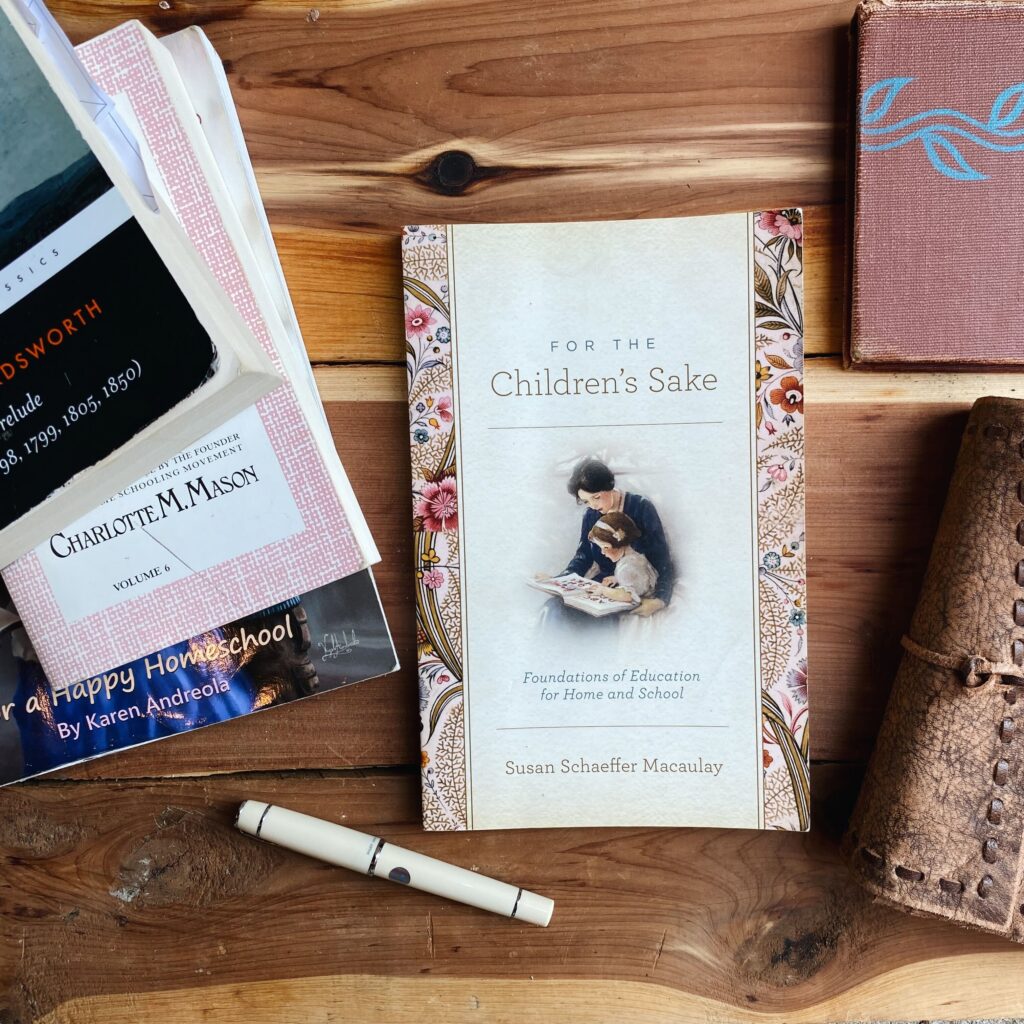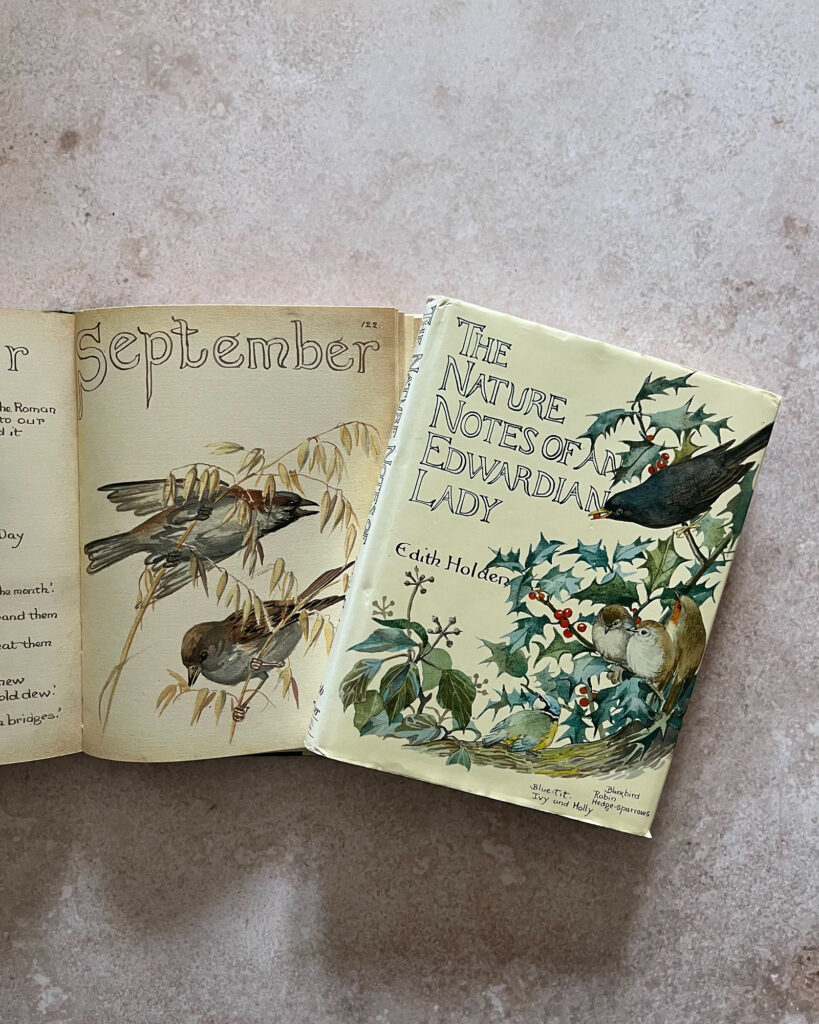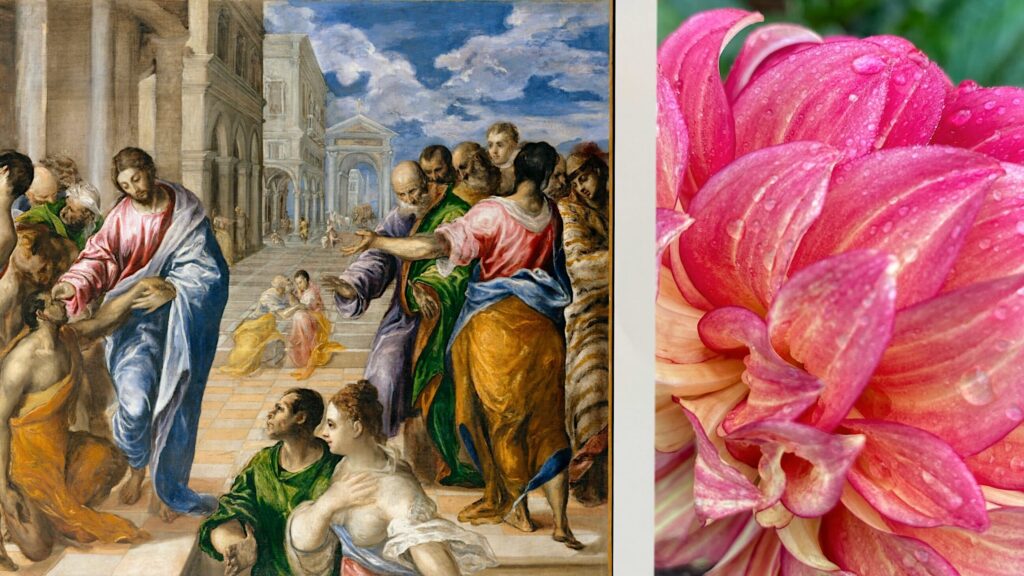The CMP Review — Week of September 4
September 4, 2023
I love this copy of The Pilgrim’s Progress I have read with each of my children. It is beautifully illustrated by brothers George, Frederick, and Louis Rhead. The black-and-white artwork includes many full page illustrations, as well as smaller motifs, and ornate borders on each page of text. This copy of The Pilgrim’s Progress is just as much a work of art as a story for our family. Do you have any books that would fall in that same category?
@tessakeath
September 5, 2023

“Upon first hearing the foundational principle of Charlotte Mason’s philosophy, ‘Children are born persons,’ I couldn’t have been less impressed,” wrote one homeschool mother. Said another: “It’s hard to imagine that anybody even needed to say that.” She went on: “I’ve heard some people say this first principle is not really needed anymore… We know that children are persons.” And so many have been inclined to see in Mason’s first principle nothing more than a restatement of the obvious.
Others have seen Charlotte Mason’s first principle as a statement about human beings in general, rather than about children in particular. Thus a respected contemporary educationist expressed admiration for Mason’s “high view of mankind, as reflected in her glorious conception of the human as person.” Mason’s first principle is thus seen as a truth known to the Church since the earliest days of Christianity.
Yet others, however, see in the phrase “Children are born persons” a “revolutionary idea.” A homeschool mother of a prior generation wrote that “this fundamental idea has not yet been accepted, though it is the keystone of [Mason’s] thought and all her teaching hangs upon this fact.”
How has this principle been understood over the years? Is it obvious or elusive? Ancient or recent? Listen to the fascinating history of an idea here.
@artmiddlekauff
September 6, 2023
On Monday, @tessakeath posted her gorgeous illustrated copy of The Pilgrim’s Progress and asked which books we have that are also works of art. Here’s mine: a 1919 edition of At the Back of the North Wind, written by George MacDonald and poetically illustrated by Jessie Wilcox Smith. Smith was a prolific illustrator during America’s Golden Age of illustration and was one of the Red Rose Girls who studied under Howard Pyle. Today also happens to be her birthday.
@rbaburina
September 7, 2023
I vividly remember when years ago a friend brought to my attention the phrase “guide, philosopher and friend.” I did not warm up to the phrase. But then my friend explained that it was a direct quote from Charlotte Mason herself. That of course prompted me to revisit my stance.
Then more recently someone else brought to my attention that the phrase did not originate with Charlotte Mason. When she wrote “guide, philosopher and friend,” she was actually quoting someone else! But who? Digging deeper I found the phrase had appeared in dozens if not hundreds of articles, writings, and books. But who said it first?
My search eventually brought me to the source. But what I found was no mere history of transmission. What I found was a story that added a whole new dimension to those three familiar words. A story that warmed my heart to the phrase, not just because Miss Mason said it, but because it expresses a sweet and beautiful truth.
Join me in my journey of discovery in the latest issue of Common Place Quarterly, the “Grand Conversations” issue.
@artmiddlekauff
September 8, 2023

We don’t have very much poison ivy in our forest here on campus. But we do have some.
Now, when its green leaves are turning to this beautiful red, is the perfect time (well, in Manitoba it is. Your mileage may vary, depending on where you live) to gather up the kiddies and go and make a mental note of where the poison ivy patches are located. So that we can know where to avoid it in its green state in the other seasons.
Look at it so pretty and red.
But don’t go near it, and certainly don’t touch it!
@antonella.f.greco
September 9, 2023

Last year my sweet friend and I were discussing how to brush draw gorse when we decided to consult Edith Holden. I gave my friend a page number and she asked, “From which book?” You guys, I had no idea there was a companion to The Country Diary of an Edwardian Lady! Actually, it’s the book’s predecessor. Simply called Nature Notes 1905 by Holden, it was titled Nature Notes of an Edwardian Lady by the publisher. Soon after, I had a copy whisking across the pond to me thanks to my friend.
Did you know of this delightful nature journal?
@rbaburina
September 10, 2023

The slim 2023 volume entitled Reading Charlotte Mason’s “The Saviour of the World” in Past and Present Contexts by David Chalcraft et al. contains a fascinating analysis of the six poetry volumes across multiple dimensions and perspectives. But amidst this careful examination of the poems and their context, the authors make an apparently incidental remark about Mason herself. The remark seems ancillary to their thesis, and yet to me is the most profound sentence in the book. In fact, it perhaps the single most beautiful sentence I have ever read about Miss Mason:
Mason’s educational philosophy did not exist outside of her personal identity and her seemingly infinite love for Jesus Christ, her Saviour.
A seemingly infinite love for Jesus Christ. It does indeed radiate from almost every page of Mason’s poetry. And what is the source of this love?
In today’s poem Mason describes the experience of a man born blind who by Christ’s miracle was made to see:
“Lord, I believe!” he cried, who had thought to miss
The common sights of life, or bird, or tree,
When, lo, his eyes were opened, and to this—
The Vision of his Saviour!
What is the source of Mason’s love? It was the same source for the man in her poem. Mason’s eyes were opened too, and to this: a vision of the Saviour of the World. Read or hear the overflow of love here.
@artmiddlekauff